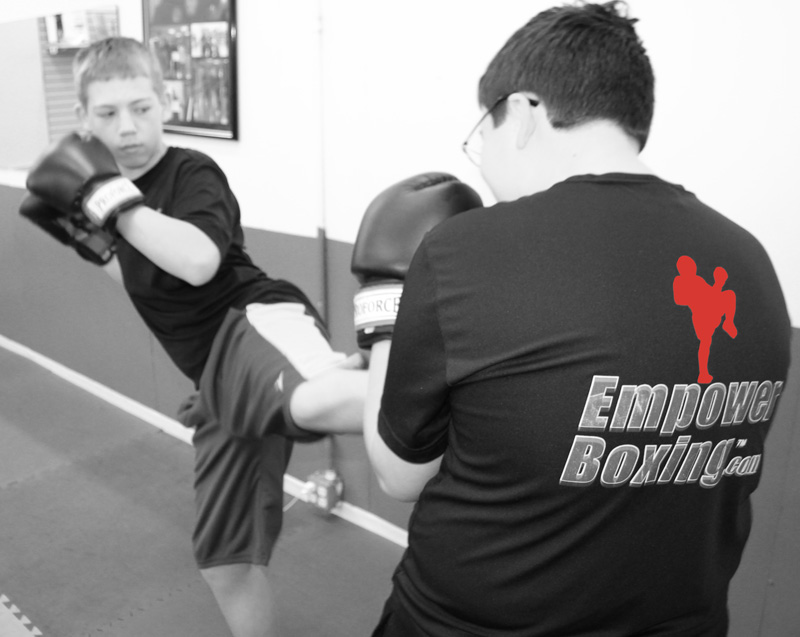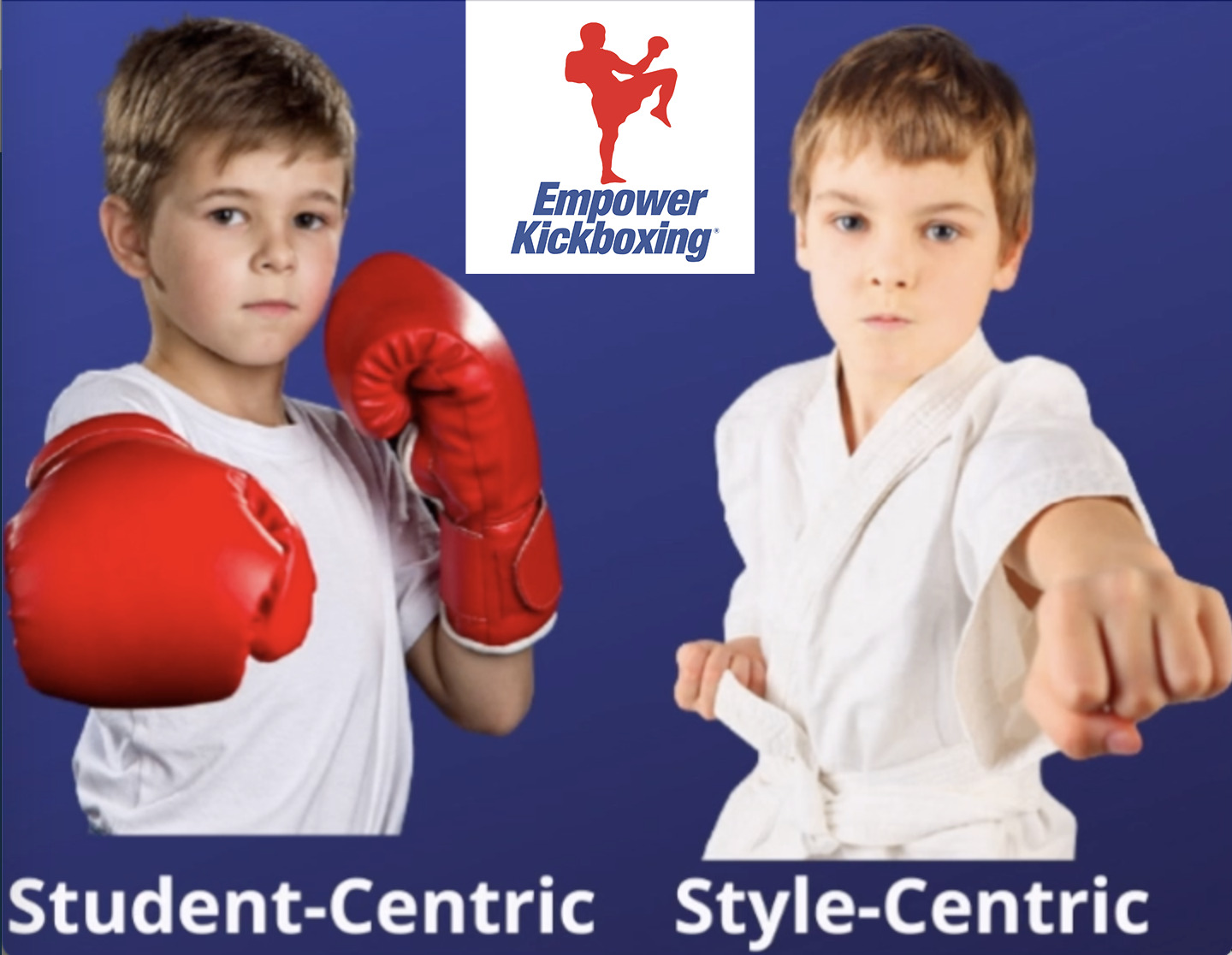Transform your martial arts school with the MATA Children’s Curriculum, focusing on quality over quantity and engaging, theme-based learning.
Quality vs. Quantity
The MATA Children’s Curriculum is based on the concept that less is best. Fewer requirements for testing allows instructors more time to focus on the quality of techniques, and frees them from the burden of having to teach a large quantity of material.
Theme-Based Curriculum
A theme-based curriculum is a MATA concept for teaching the martial arts to children. The reason our children’s program is so effective is that the focus for the instructor is far less technique-based than method-based.
The major challenge for the instructor in teaching a children’s program is he or she has to squeeze in so many forms, techniques, one-steps, kata, self- defense and sparring techniques that the students rarely get good at any of them.
There are so many requirements to fulfill that the student becomes discouraged and the instructor often burns out. It’s a simple matter of mathematics, really. All students have finite practice time available.
The more techniques they have to spread their practice time over, the less each technique will be practiced. The result is mediocre technique and a frustrated student.
MATA’s theme-based curriculum reverses the process. The program allows the student to apply strong basics in a wide variety of methods. The instructor will find fewer physical techniques being required, but will also find the techniques taught will be practiced and perfected.
Simply put, the fewer techniques the student has to practice, the more time she can spend on each technique.
For illustrative purposes, imagine student A is required to learn 100 techniques while student B is required to learn just ten. Over a given period of time, student B would have practiced ten times as many repetitions for the required techniques than student A. That’s a huge difference!
Who is going to have a stronger sense of competence? This method also allows the instructor the time and flexibility to introduce the key personal development skills the MATA Children’s Curriculum is pioneering into the classroom.
The idea is that each belt level’s curriculum follows a new an interesting topic, or theme, with a different subject matter and feel than the level before it.
Level One-The Basics
The Basics is the level where the basic fundamentals are taught.
Level Two-Partner Training
In partner training, students learn and practice their techniques with a teammate. In these two levels the techniques differ only slightly, but the method with which they are practiced brings a whole new flavor, feeling and purpose to the material.
Level Three-Pad Power
The third level is Pad Power. Level three provides an opportunity for the instructor to review and polish the techniques learned during level one and two training. The idea is one half of class time can be used to review the fundamentals, while the other half gives children a chance to have fun with bag work, jump kicks and padded weapons practice.
The bulk of student dropouts occur within the first 100 classes. A theme-based curriculum addresses this problem with a fun, creative approach and simple rank requirements. Each level of the 12 ranks from white belt to black belt have a different theme.


